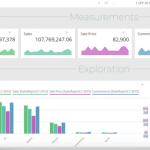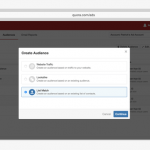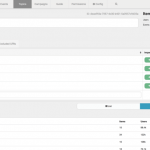BrightEdge Works To Perfect Visual Parsing
BrightEdge Works To Perfect Visual Parsing
by Laurie Sullivan , Staff Writer @lauriesullivan, June 26, 2017
BrightEdge engineers have been working on visual parsing where the technology interprets pages and parses the content based on the mobile device, such as a smartphone or tablet.
The technology can determine how the content should serve up in different types of platforms such as search and social, determining the best return on investments, according to Jim Yu, CEO and founder of BrightEdge.

The proliferation of devices and the ability to see how all the content, not just text, renders on a Web page has driven the creation of the technology. Earlier ideas — although core to the ways that marketers thought about search, social and content — no longer work. Marketers now need to think about how content serves up on a variety of devices and how each changes the structure and look of the complete page.
The technology has been two years in the making, and pieces are live today, Yu said. During the third quarter of 2017, the company plans to formally launch the visual parsing piece of the platform. The technology that visually parses pages runs as the underlying technology for the BrightEdge Content IQ platform, which audits content. The previous engine would interpret and parse the text such as HTML. Adding the visual piece means rendering the page before it serves up to determine what it will look like when served on a device.
BrightEdge has been investing in this core technology for the past two years, Yu said. The idea seems similar to tie into a new responsive Google font — a collaboration between Prototypo and Production Type — that reshapes itself to match any Web page design. The companies call the endeavor “intelligent fonts.”
Yu said marketers would use visual parsing to understand how the call to action in the content serves up on a mobile device, whether it lands above or below the fold. It visually parses the page to tell the marketer whether the viewer will need to swipe down to see the call to action.
Marketers also have an option to use the technology for content running on desktops.
Yu said the idea of visually parsing the content that appears on a digital page directly ties into the connection between online content and how it supports the customer’s journey to purchase products in a local, physical store.
He pointed to Amazon’s acquisition of Whole Foods for $13.7 billion and Wal-Mart Stores’ acquisition of Bonobos for $310 million as examples of brick and mortar merging with ecommerce and the requirements to have access to technology that allows marketers to test the outcome of the visual page and how it will drive sales or awareness of products and services.
MediaPost.com: Search Marketing Daily
(59)












